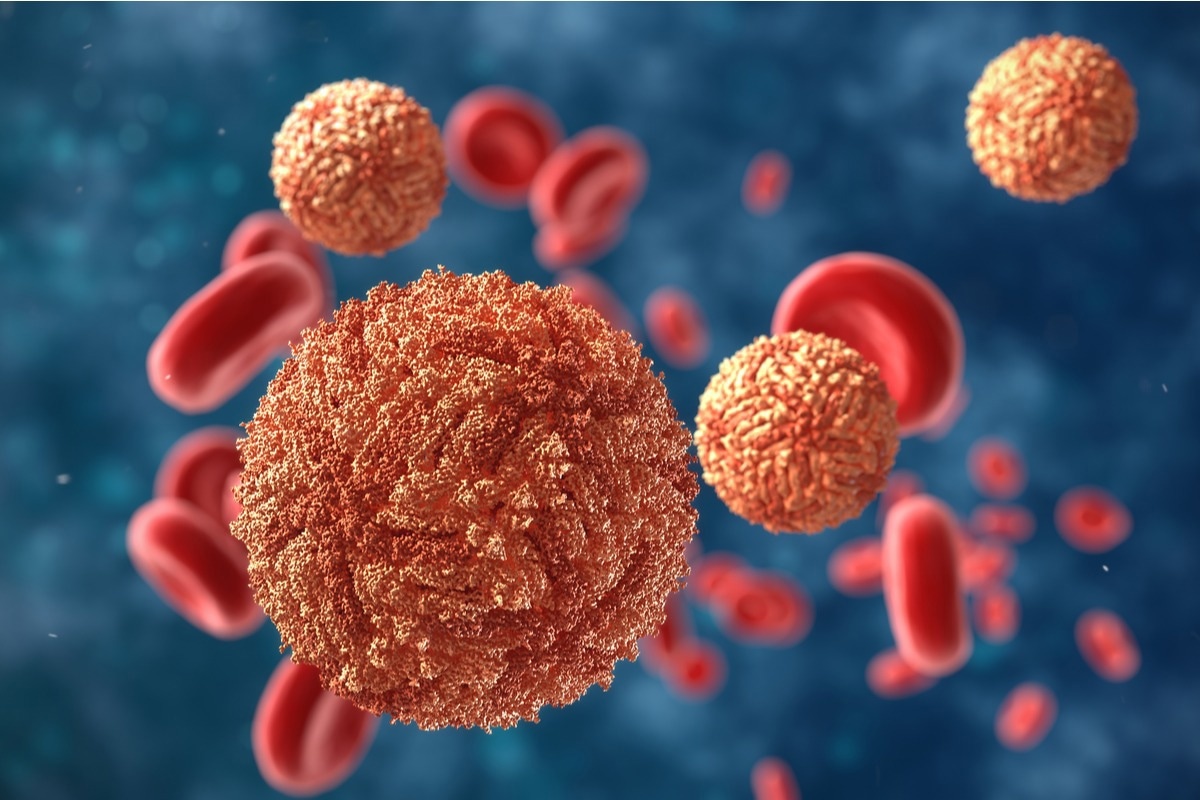In a recent study published in Cell, researchers assessed the impact of mosquito-transmitted flaviviruses on host skin microbiota.
 Study: A volatile from the skin microbiota of flavivirus-infected hosts promotes mosquito attractiveness. Image Credit: urfin/Shutterstock
Study: A volatile from the skin microbiota of flavivirus-infected hosts promotes mosquito attractiveness. Image Credit: urfin/Shutterstock
Background
Various studies have shown that hosts infected by pathogens might display more attractiveness to relevant vectors because of alterations in host cues after infection. This is evidenced by the changes elicited by malaria, observed in host odors that manipulate mosquito attraction. However, research must understand whether arboviruses employ a similar strategy in conducting host-vector interactions.
About the study
In the present study, researchers demonstrated the manipulation of host skin microbiota by flaviviruses transmitted by mosquitoes, resulting in the production of host odors that attract mosquitoes.
The team assessed whether Aedes aegypti mosquitoes manifested different behavioral responses towards host cues among flavivirus-infected mice. A three-cage olfactometer assay was used to estimate mosquito responses to air streams passing through two separate chambers comprising either uninfected or Zika virus (ZIKV)-infected mice. A team released a total of 60 female A. aegypti mosquitoes into the central cage, where they were allowed to freely choose to enter the two chambers on either side of the central cage.
Since ZIKA-infected mice displayed high viremia between two to six days and succumbed eight to 10 days after infection, the test was performed for six days. The team subsequently employed a two-port olfactometer assay to test the infection-mediated attraction of the flavivirus to the Aedes mosquitoes. The olfactometer had a passage of filtered air through glass chambers enclosing odor sources from uninfected or infected mice. The team also explored the function of body temperature in the attractiveness of an animal to mosquitoes.
Furthermore, the team investigated the function of animal odor emission with respect to mosquito host-seeking response by using a deodorization device that absorbed volatile compounds present in the airflow passing through the chambers containing uninfected and infected mice.
Results
The study results showed that on the day of and two days after infection with ZIKV, the ratios of the number of mosquitoes entering the chambers comprising the infected and the uninfected mice were almost 50%. However, day 4 and day 6 post-infection showed that almost 70% more mosquitoes were in the trapping chamber adjacent to the ZIKV-infected mice as compared to those near the uninfected mice. This suggested that the mosquitoes preferred the infected mice more than the uninfected mice.
The two-port olfactometer assay also revealed a positive mosquito response toward either the uninfected or infected mice chambers flying upwind toward the end of the tunnel. Furthermore, this assay showed that more mosquitoes entered the chamber comprising ZIKV-infected mice four and six days after infection.
Furthermore, carbon dioxide (CO2) was found to be substantially decreased from five days after post-ZIKV infection, probably due to the worsening physiological status of the animal before death. This suggested that CO2 emission was not the host cue responsible for the higher attractiveness of the infected animals to A. aegypti. Additionally, the team noted a rise in body temperature after ZIKV infection. Inoculation of the mice with liposaccharide (LPS) increased the body temperature five to eight hours after treatment. Moreover, the number of mosquitoes attracted to the mice having a high temperature six hours after LPS treatment was similar to those attracted to the control mice. This indicated that body temperature was not a host cue for host-seeking behavior displayed by mosquitoes.
In the presence of the deodorizing device, the ratios of mosquitoes attracted to uninfected and infected animals were similar. This indicated that an odorant from the ZIKV-infected animals ascertained the behavioral preference of the mosquitoes. Altogether, the host-seeking behavior of the Aedes mosquitoes could be driven by volatile host cues from animals infected by flaviviruses.
The team also observed that the levels of acetophenone, a bacterial metabolic by-product, and a potent mosquito attractant, increased in mice infected with flavivirus compared to uninfected ones. This subsequently leads to increased mosquito-feeding response. Moreover, the team noted that a total of 317 genes were substantially up- or down-regulated in ZIKV-infected mice, among which Retnla displayed the most down-regulation in the skin of animals infected with flavivirus. Retnla encodes for resistin-like molecule-ɑ (RELMɑ), an antimicrobial protein expressed by sebocytes and epidermal keratinocytes, and plays an important role in protecting against bacterial infection of the animal skin.
Conclusion
Overall, the study findings showed that pathogens like flavivirus could manipulate host responses as well as vector behaviors to facilitate pathogenic transmission.